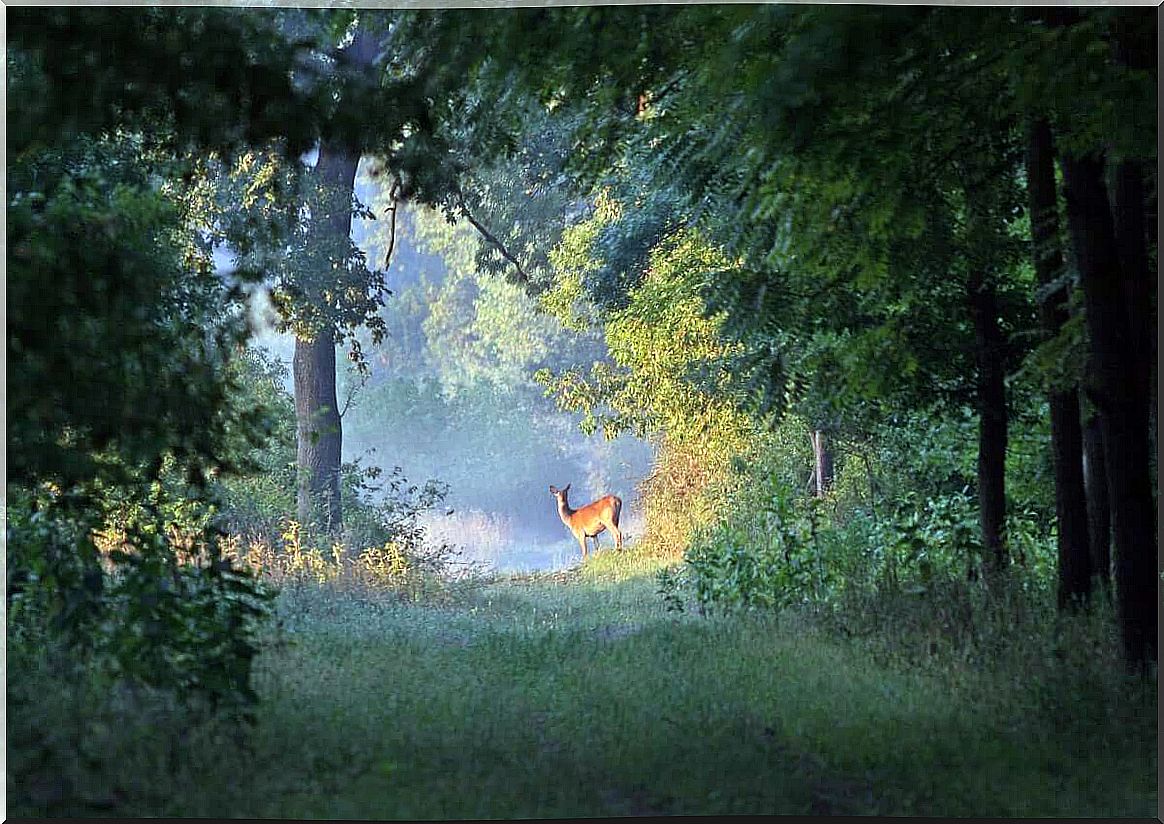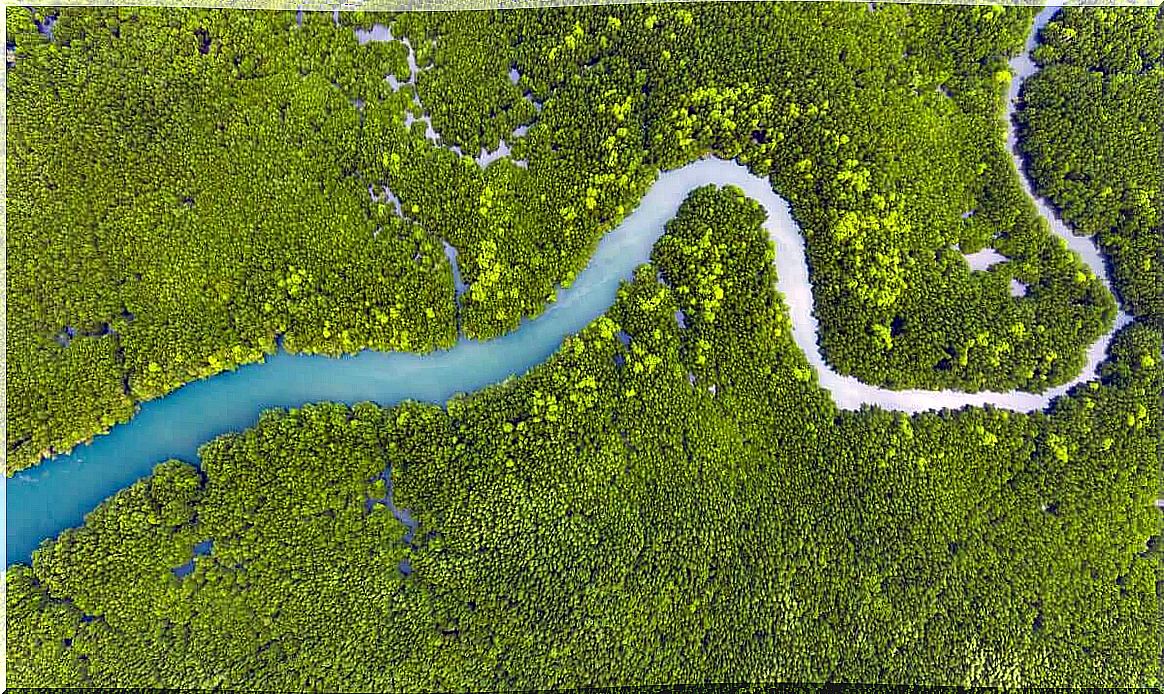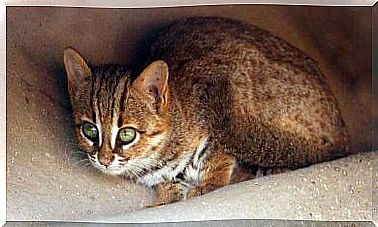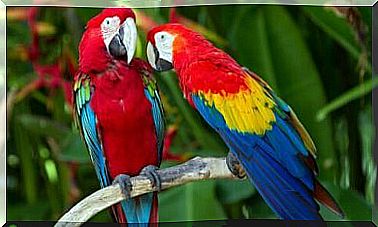Ecological Succession: What Is It All About?

What do volcanic eruptions, hurricanes, forest fires, tsunamis and extensive agriculture have in common? They all represent the starting point for a process known as ecological succession.
Put simply, ecological succession is the expression of the force of nature. It refers to the process of constant change and restructuring of all ecosystems. Thanks to these changes, each ecological niche is witnessing a progressive replacement of the organisms that constitute it.
The term “succession” alludes to the replacement, over time, of some species with others. To deal with this topic, it is essential to evaluate the interactions between the different species sharing the same habitat.
The elements that take part in the ecological succession
Being an integral phenomenon, the ecological succession incorporates biotic factors (living beings) and abiotic factors (atmospheric conditions) of an ecosystem.
Although these theories were initially developed by botanists, they have extended to understanding the dynamics of fauna. They are also applied to microbial communities.

Types of ecological succession
If the succession produces the occupation of a “new house”, or the colonization of a new habitat in which there are no pre-existing communities, it takes the name of primary succession.
On the other hand, if the succession is subsequent to the interruption of a pre-existing community, it is called secondary succession.
Broadly speaking, we can say that this process occurs starting from two circumstances:
- Occupation of a new and unoccupied habitat.
- Transformation of an ecological niche that undergoes changes induced by a natural disaster.
Stages of ecological succession
The phenomenon of ecological succession consists of several phases that we describe in the next lines.
Formation
The initial phase begins with the formation of an area from events such as an eruption, flood, erosion and other natural calamities. It can also occur at the hands of man: rock extraction, hydro-fracturing, fires, construction of dams, etc.
Invasion
In this phase the area is reached by pioneer species, which form the basis for the survival of other living beings. The invasion includes the following steps:
- Dispersal or migration of seeds or spores of invasive species.
- Ecesis or germination of migrated plant species in the new area. It includes the growth of seedlings and the beginning of reproduction of adult plants.
- Aggregation : successful immigrant individuals of one species increase their numbers by reproduction and unite in the area into a large population, forming a pioneer community.
Competition and reaction
Thriving species compete with each other for space and food (intraspecific competition). They also compete with individuals of other species that can access the area (interspecific competence). Settled species form a serial community.
Over time, the environment changes and becomes inhospitable for all organisms. Sooner or later, species are replaced by new invaders, usually animals more specialized in benefiting from habitat resources.

Stabilization
A stage is reached in which the community reaches a balance and manages to remain stable with the existing conditions. The system reaches a wide diversity of species, well distributed and with complex food chains.
Importantly, this stage is considered a final stage, defined as the climax community. This idea has been abandoned by most modern ecologists in favor of ideas of “non-equilibrium” in the dynamics of ecosystems.
An essential process
Ecological succession is important for the growth and development of an ecosystem. Disseminating this knowledge helps to understand how the colonization of new areas and the recolonization of destroyed areas begins.
All living things play an essential role in their ecosystem and respecting each individual is essential for the well-being of the planet.









